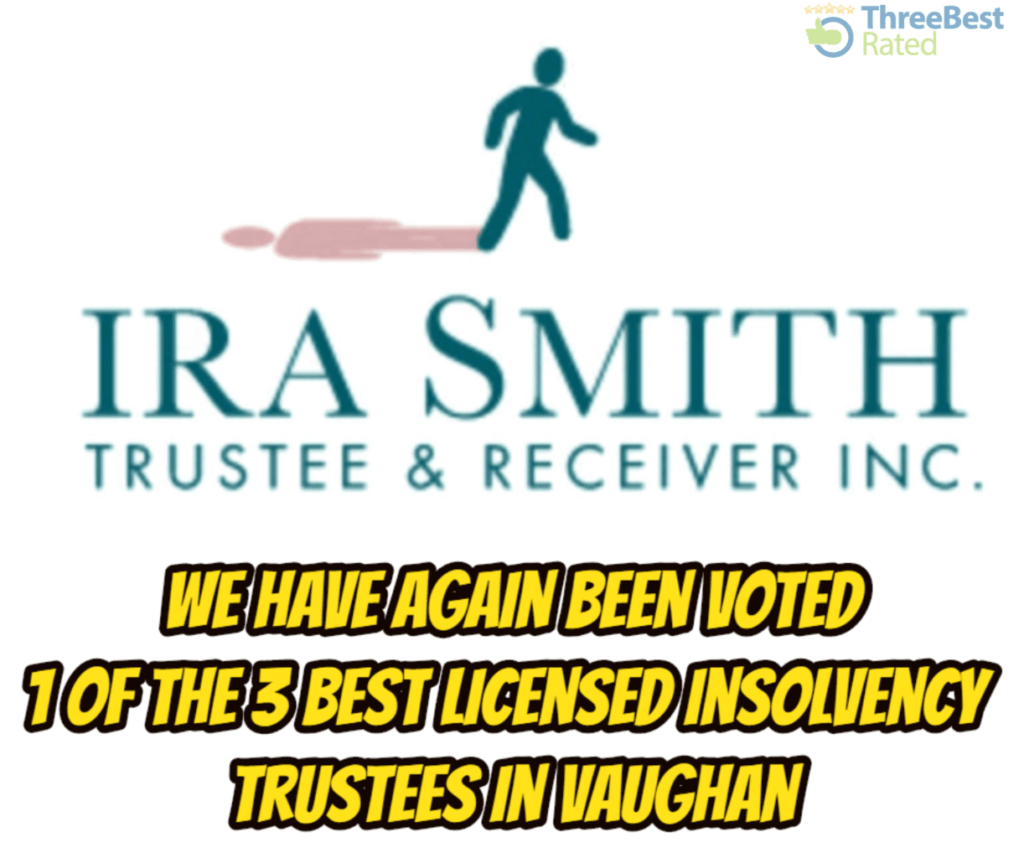 Transfer of property under s.160 of the Income Tax Act: Introduction
Transfer of property under s.160 of the Income Tax Act: Introduction
Last August, Rudy Giuliani said, “truth isn’t truth”. Today I want to explore an important issue we come across many times when dealing with income tax debt driven insolvency files. That is the transfer of property under s.160 of the Income Tax Act (Canada). The decision of The Honourable Justice David E. Graham of the Federal Tax Court of Canada released July 6, 2018, gives rise to a variation of Rudy Giuliani’s comment to say – property isn’t property.
The case was an appeal by Aitchison Professional Corporation (“APC”) of an income tax assessment issued by the Canada Revenue Agency (“CRA”). The case is Aitchison Professional Corporation v. The Queen, 2018 DTC 1101 (Tax Court of Canada).
Transfer of property under s.160 of the Income Tax Act: The participants
APC is a law firm operating under the name Aitchison Law Office. The creation of APC happened in December 2003 by 3 people: James Aitchison (“James”) and his two daughters, Kelly Aitchison (“Kelly) and Laurie Aitchison (“Laurie”). All three are Ontario lawyers.
In 2012, the Minister of National Revenue assessed APC for nearly $2.1 million pursuant to s. 160 of the Income Tax Act. The assessment stated that James had actually moved property worth even more than $3 million to APC for little or no value.
There was no disagreement that, at the time of the claimed transfers, James owed practically $2.1 million to the CRA. James had not paid any income tax since 1992. His tax obligation, along with interest and penalty, remains outstanding.
The main concern, in this case, was whether James moved property to APC. If he did, it would have to be valued. CRA claimed the property James transferred to APC is his right to invoice for legal services.
Transfer of property under s.160 of the Income Tax Act: Invoicing for legal services
As indicated above, CRA’s position was that the right to invoice for legal services was the property transferred. It is interesting to note that they did not claim that either the work-in-process, the accounts receivable, or both, derived from James’ work, was the property transferred. In my view, this was a fatal error in their case.
The Court considered subsection 248( 1) of the Income Tax Act and in particular, His Honour considered the definition of the word property under the Income Tax Act is “a right of any kind whatever”. In his decision, His Honour stated the distinction that “property” has a wide meaning, but not every little thing of value is property.
Transfer of property under s.160 of the Income Tax Act: The Judge’s words
The Judge found that:
- CRA had problems verbalizing specifically how James’ “right to invoice for legal services” is property.
- He thought CRA was attempting to fit a square peg into a round hole.
- CRA was attempting to take something that is clearly a service and trying to make it fit into the definition of property.
- CRA’s position is faulty. They argued that James carried out work for APC neither as an independent contractor nor as an employee. CRA did not provide any evidence as to what they believed the actual arrangement was.
- Notwithstanding it is prudent for a company to have an employment agreement with all of its employees, none of James, Kelly or Laurie had an employment agreement with APC. However, CRA accepts that Kelly and Laurie are employees of APC but do not recognize James the same way.
- James was either an employee of APC with no salary or, an unpaid volunteer. The Judge held that it was not necessary for him to determine which one it was.
- It is an employee’s right to be paid. If the evidence was that James was entitled to a salary but he waived it, then he would have found that the waived salary was property transferred to APC. However, this was not the case.
- CRA, to their peril, did not argue that James was a sole practitioner, transferring his work-in-process and/or accounts receivable to APC.
Transfer of property under s.160 of the Income Tax Act: Saulnier v. Royal Bank of Canada
The intersection of insolvency and the issue of a transfer of property under s. 160 of the Income Tax Act is an important one. Although it did not help them, CRA referred to the Supreme Court of Canada decision in Saulnier v. Royal Bank of Canada, [2008] 3 SCR 166, 2008 SCC 58 (CanLII). That decision was in a bankruptcy case, dealing with the transfer of fishing licenses.
In that case, the Receiver and Trustee applied to the Court for the authorization to sell its interest in the fishing licenses. Due to an opposition, the Trustee went to Court seeking approval of the sale. The trial judge decided that the fishing licenses was a property that could be sold. The Court of Appeal agreed with the trial judge.
The Supreme Court of Canada dismissed the appeal of the Court of Appeal’s decision, upholding the trial judge’s finding, that the fishing licenses was property under s. 160 of the Income Tax Act. The interesting thing about that case is that the fishing licenses were considered as property mainly because of the wide sweeping definition of property contained in another federal statute, the Bankruptcy and Insolvency Act (R.S.C., 1985, c. B-3) (“BIA”).
In the APC case, the Judge did not find the Saulnier case persuasive. The reason was the matter before him did not involve the BIA. In this case, it was only the Income Tax Act. Rather, the Judge relied upon a different case decided in the Federal Court of Appeal, Manrell v. Canada, [2003] 3 FC 727, 2003 FCA 128 (CanLII).
As explained by the Federal Court of Appeal in Manrell:
“[25] It is implicit in this notion of “property” that “property” must have or entail some exclusive right to make a claim against someone else. A general right to do something that anyone can do, or a right that belongs to everyone, is not the “property” of anyone . . . . . .
[50] The phrase . . . “a right of any kind whatever”, like the word “property”, has a very broad meaning. But it is not a word of infinite meaning. It cannot include every conceivable right. It cannot be given a meaning that would extend the reach of the Income Tax Act beyond what Parliament has conceived”.
Transfer of property under s.160 of the Income Tax Act: The verdict and the Judge’s conflict
Based on the evidence, His Honour found that James didn’t transfer property to APC by working for APC for free. The Judge also awarded costs to APC.
However, the Judge gave his personal view of his decision in the judgment. He felt that this was a horrible outcome. Furthermore, he commented that James had not paid a cent of income tax since being discharged from his bankruptcy in 1992. The Honourable Justice David E. Graham did not feel this was a just result, based on his interpretation of the law.
So that is why I paraphrase Rudy Giuliani to say – property isn’t property!
Transfer of property under s.160 of the Income Tax Act: Is CRA pursuing you?
Is CRA pursuing you because of transferred property to you? If so, you need an income tax lawyer. However, if you have received legal advice that you don’t really have a case, or you can’t afford to fight it out in Court and the debt renders you insolvent, then you need the help of a professional trustee.
The Ira Smith Team has years of experience of negotiating with CRA on behalf of tax debtors. If you are an individual person and owe CRA and your other creditors, other than for any loans secured by your home, less than $250,000, you can enter into a consumer proposal debt settlement plan. If you owe more or are a corporation, we can still negotiate with CRA and restructure you with a restructuring proposal debt settlement plan.
Our approach for each file is to create an end result where Starting Over, Starting Now takes place. This starts the minute you are at our door. You’re simply one phone call away from taking the necessary steps to get back to leading a healthy, balanced hassle-free life, recover your money and move on to the next investment opportunity.
In conclusion, call us today for your free consultation.
Special thanks to Ian MacInnis of Fogler Rubinoff for bringing this decision to my attention and inspiring me to write this blog.















